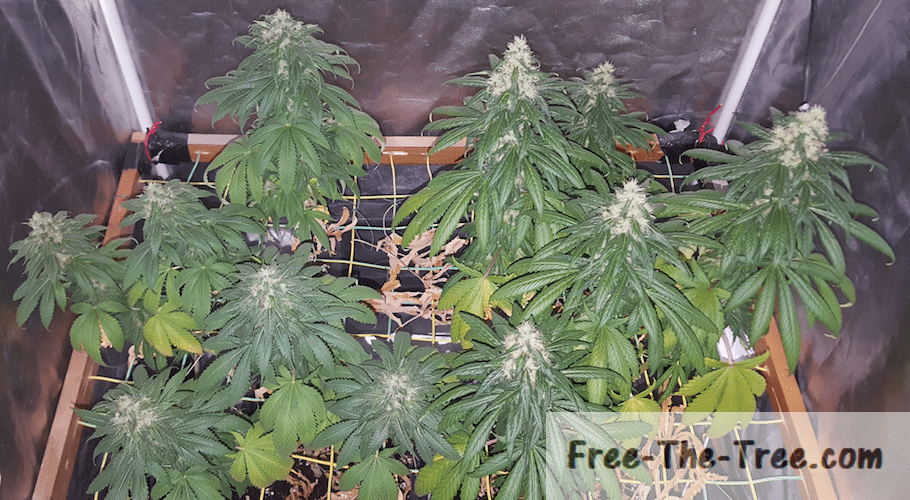Cannabis - Frequently Asked Questions
Use keywords to filter through the FAQ to easily find your answer 🙂
What is Nitrogen deficiency
Basically you’re plant needs nitrogen to make new leafs and branches. If she doesn’t have enough in her environment then she’s going to take in her stock, the leaves.
Since the bottom leaves have less chances to get direct sun light, they’re the first ones to go (makes sense).
Now during the Vegetative Stage this is definitely something you want to avoid, you need her keeping as many leaves as possible! During the mid/late flowering stage it’s actually normal and something you want.
How to spot Nitrogen Deficiencies?
- Are the bottom leafs dying first?
- Are the leafs turning yellow then brown before dying?
- Is it starting from the tips of the leafs, center first?
If you’ve said yes to all 3, it’s most likely it!
How to fix Nitrogen Deficiencies?
Get Vegetative stage growing mix
- At you’re next watering add a little more than the minimal brought forward on the label to your water.
- Check the pH of the water. As long as your pH is over 5.5 nitrogen will be absorbed, but remember that the sweat zone is between 6 and 7.
- During the next days keep an eye out, if the spreading has stopped you’re good.
Now remember:
- Check the pH after adding the ingredients but before you thoroughly shake the mix, although you should have mixed it with a stick a wood or so.
- The leafs that suffered damage won’t recover. Although you might want to remove them I wouldn’t do so except if they just fall off.
Why you say? They still have some stock in them, so the day your plan has another deficiency she’ll take from this one instead of attacking one of your clean leafs.
Now at the other end of the spectrum, nutrient burn… I’m covering this right after the Nitrogen Deficiency since that’s how it happened, by fixing that issue I had open a whole other one, and what a pandora’s box
What is Nutrient Burn?
Just like taking too many vitamins is harmful to us humans, too many nutrients in the soil is harmful for your plant.
The roots, doing their job, will take in all these ingredients and send them up to the “out of the ground” section of the plant where it is used for different tasks, if the plant doesn’t need it she stores it in here leafs. When there’s no more “room” within these leafs, well that’s when the issues arrive. The access ingredients having no where to go from there start killing the leaf.
This is the reason why we see it start from the extremity of the leaf and slowly grow inward.
How to spot Nutrient Burn?
- Did you recently water your plant with extra nutrients?
- Are the tips of the middle of your leafs starting to become black/brown?
- Does it progress from the middle down through the leaf
- Do you start to see it appear at different area’s of the plant and spreading quickly?
If your saying to yourself, yeah that’s exactly it, chances are you’ve given her too much nutrients, and now they’re killing her.
Do you feel like all is lost? No worries here is how to get out of the situation.
How to fix Nutrient Burn?
In order to fix nutrient burn you’re going to need to flush your soil, that’s the only way. What do I mean by flushing your soil? I mean at least getting 2 times the volume of you’re container in plain, pH’ed water through your soil.
You heard me right and it’s important, you can’t just add a couple of liters in there, or else you’re actually just going to let more nutrients out, causing more harm then good.
What do you need to flush your soil?
- A recipient that can hold 3/4 times the volume of your container in water
- 3 times the volume of your container in plain, pH’d water. Get your pH around 6.5
- An area where you can have everything near
Once you’ve got all of this ready get flushing.
How to flush your soil?
- Place your plan within the empty recipient
- Poor 3 times the volume of your container with the pH’d water you’ve prepared
- Get your plants back into the grow room
During the next few days you might see your plant get droopy with signs of over watering but it’s normal. They’ll get better as the medium dries out.
How to water your Marijuana plant?
We did a full guide on watering your plants, but basically what you want to remember:
- Keep your water pH between 6 and 7.
- Water with about 1/3 of the volume of soil.
- You should see about 20% run off.
- Water evenly across your soil.
- Water when your plants are drooping, or when an in within your soil is dry.
You can also use the weighing method. - Add a little Nitrogen during the vegetative stage and Phosphorus and Potassium during the flowering stage.
Can springtails do damage to my plant?
Springtails generally appear in dark humid spots at night and if the bottom of your pots are humid.















